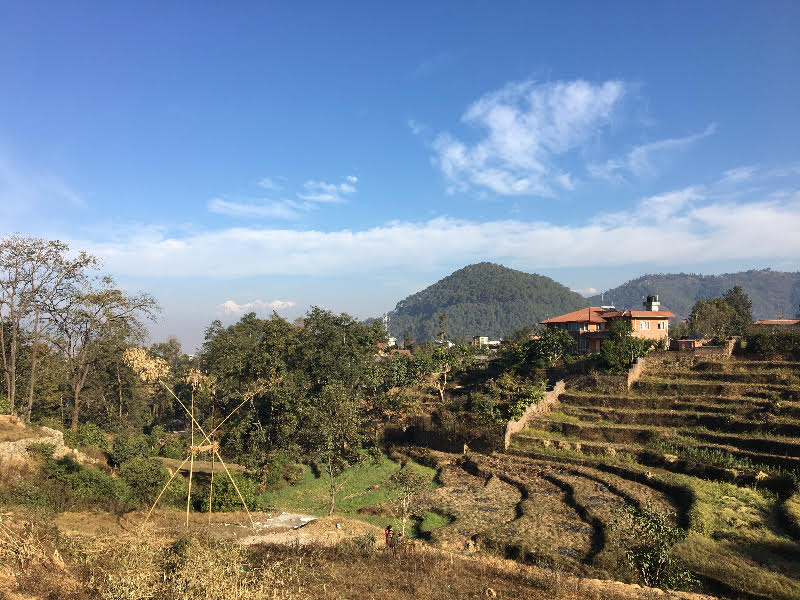
How could it simply be possible that one of the selected well-managed settlements of the South Asia did not have any systematic sewage management? Some foreign-returned urban planners often raise this question when they think about urban planning of Kathmandu Valley.
Prof. Sudarshan Raj Tiwari, an expert on ancient settlement and architecture of Kathmandu Valley s ays that the first ever toilet in Kathmandu’s history was found in Bhaktapur Palace, supposedly belonging to King Bhupatindra Malla (1696 - 1722 AD). There was a specific room with has a pan-like stone structure and a pit under it. A pipe was attached to it that reaches out of the room. And we don’t know where it goes from that place, as it was found damaged at that time.
The Newars, the indigenous people to the Kathmandu Valley, indeed, did not have private toilets in their well-decorated houses. But they used to have open “latrines” in certain corners or lanes just outside the compact settlements surrounded by fertile fields. There used to be common places, separate for male and female, which were called “Khikhamugaa” outside the settlements. People used to finish their response to nature’s call before down and unnecessary people did not have habit to go around those allocated places. So, there was no social problem.
Every morning, people belonging to specific profession, which could be called sanitation workers today, used to collect the human waste in big baskets and those baskets were disposed of by some specific corners of the farms outside the settlements. And the remaining human waste used to be flushed along open drains out of the town. This kind of cleaning was done manually also in England and Europe, in those days.
“This is what is called from farm to stomach and from stomach to farm, in an easy and environment-friendly way. The Newars were some selected ethnic groups in the whole world, who had tradition of raw sewage manure making”, he says.
The waste water that comes after flushing the open latrines also used to be drained down to a specific area which has bushes of reed. Such bushes used to be spread around the outer boundary of the old Newar towns. Along with urbanization and haphazard growing of concrete buildings in agriculture land, such bushes of reed have been destroyed. Some such places can still be seen outside several old settlements. Harisiddhi of Lalitpur could be one example.
A Lichhivi inscription also mentions about “natapata batika”, which used to serve waste water treatment plants, in today’s terminology. Hadigaon was main settlement in those days and there was one such batika in its south eastern corner, which is approximately in today’s Sanogaruchar-Gyaneshowr area. Ancient Vastu of Nepal says that fresh water should be brought in from north-eastern corner and waste water should be drained out from south-eastern corner.
Some plants like reed have natural quality of absorbing polluting factors in waste water. And only after this, the water was irrigated to the fields. Even till two or three decades ago, there used to be such reed beds around all Newar settlements. Reeds were never planted in the fields. This can be called on of the characteristics of those settlements. “This way, no part of black or gray water reaches river. And that is the reason water in our rivers like Bagmati and Bishnumati remained potable for centuries,” he adds.
He says that wetlands can be constructed to revive.
He also says that Newar are one among half a dozen such communities which has been practicing raw sewage manure-handling for time immemorial. It is not harmful to public health as well. Those communities of Chyames, whom we look down as low-caste people were in fact sanitation engineers of those days.
Further, he says that the system of emission of human waste in open area was not haphazard choice. Those who were masters of so many arts, crafts and engineering did not chose to defecate in open alleys in those days had better alternatives. This is designed as urban agriculture life style. We should learn to appreciate this indigenous knowledge of faecal sludge management, according to Prof. Tiwari.

Source: Water Discourse Vol. 1 Issue 1 February 2017

